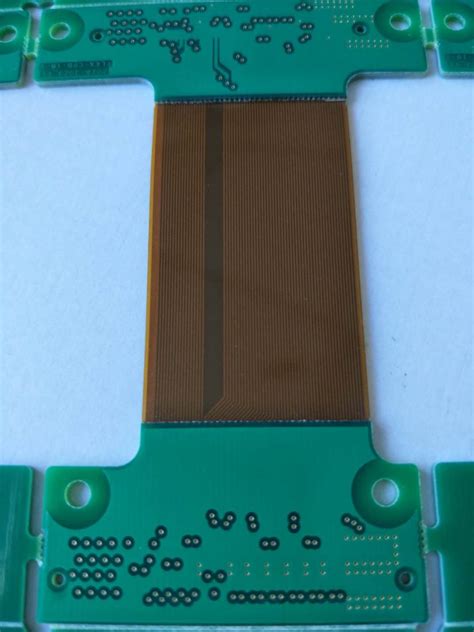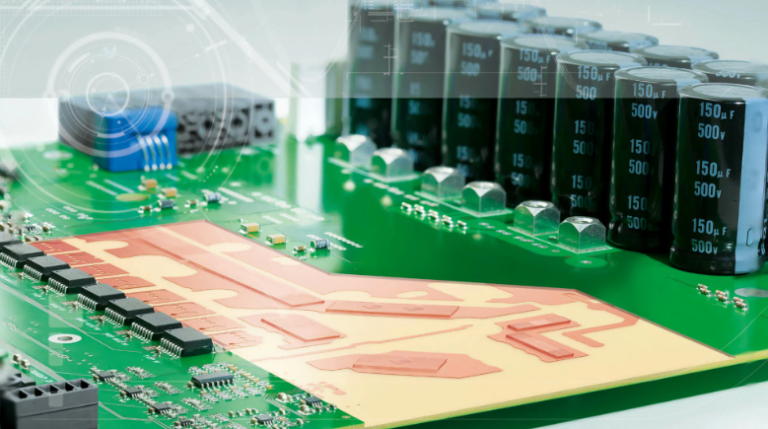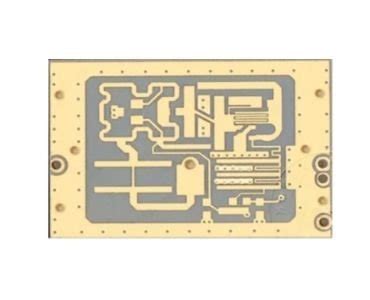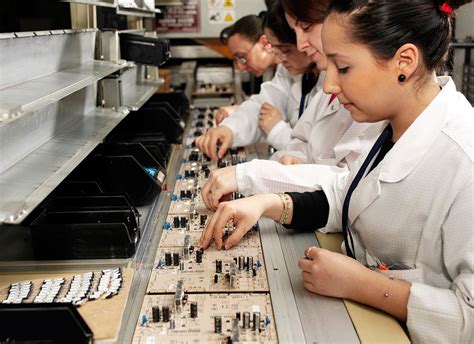How PCB Layer Count Affects SMT Assembly Efficiency and Quality
Introduction
Printed Circuit Board (PCB) layer count is a critical design parameter that significantly influences both the efficiency of Surface Mount Technology (SMT) assembly processes and the final product quality. As electronic devices become more complex, multilayer PCBs (ranging from 2 to 20+ layers) are increasingly common. However, the layer count affects thermal management, solder joint reliability, placement accuracy, and overall manufacturability.
This article explores how different PCB layer counts impact SMT assembly efficiency, defect rates, and long-term reliability, providing insights for designers and manufacturers to optimize their processes.
1. The Relationship Between PCB Layer Count and Thermal Behavior
1.1 Heat Dissipation Characteristics
Multilayer PCBs have different thermal properties compared to single or double-sided boards due to their increased copper content and dielectric layers.
- Low-Layer PCBs (1-2 layers) dissipate heat quickly, which can lead to rapid cooling of solder joints during reflow. This may result in cold solder joints or incomplete wetting if the thermal profile is not properly adjusted.
- Mid-Layer PCBs (4-6 layers) have more balanced thermal mass, allowing for smoother reflow profiles and better solder joint formation.
- High-Layer PCBs (8+ layers) retain heat longer due to their increased thermal mass, requiring longer preheat and reflow times to ensure proper solder melting.
1.2 Impact on Reflow Soldering
The reflow oven settings must be adjusted based on PCB layer count:
- Low-layer boards may require faster heating to prevent component overheating before the solder paste melts.
- High-layer boards need extended soak times to ensure even heat distribution, reducing the risk of tombstoning or warping.
Improper thermal profiling can lead to defects such as:
- Solder balling (excessive paste spattering due to rapid heating)
- Voiding (trapped gases in high-layer boards due to insufficient heat penetration)
- Delamination (thermal stress on inner layers in multilayer designs)
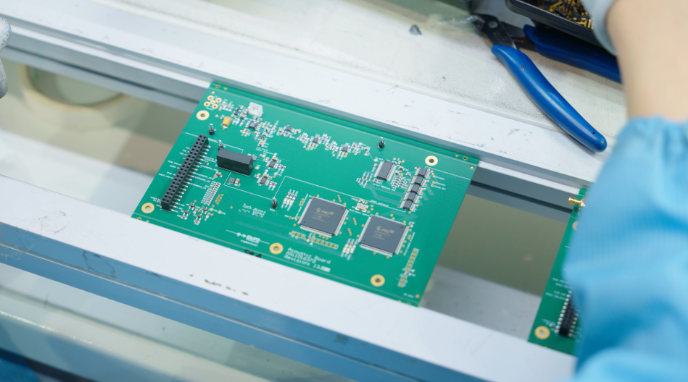
2. PCB Warpage and Layer Stackup Influence
2.1 Warpage Due to Asymmetric Layer Designs
Uneven copper distribution in multilayer PCBs can cause warpage during reflow, leading to:
- Misalignment of fine-pitch components (e.g., QFNs, BGAs)
- Head-in-pillow defects where solder fails to properly wet the component leads
- Non-wetting due to poor contact between pads and solder paste
2.2 Mitigation Strategies
- Balanced stackups (symmetrical copper distribution) reduce warpage risk.
- High-Tg (glass transition temperature) materials improve dimensional stability.
- Pre-baking PCBs before assembly minimizes moisture-induced warping.
3. Signal Integrity and Its Effect on SMT Assembly
3.1 Impedance Control in Multilayer PCBs
High-speed designs often require tightly controlled impedance, which affects layer count and stackup. Poor impedance matching can lead to:
- Electromagnetic interference (EMI) affecting pick-and-place machine accuracy
- Increased rework rates due to signal integrity failures discovered post-assembly
3.2 Via Structures and Solder Joint Reliability
- Buried and blind vias (common in high-layer PCBs) can trap air, causing blowholes during reflow.
- Microvias improve routing but require precise solder paste volume control to avoid insufficient filling.
4. Solder Paste Printing Challenges
4.1 Stencil Design Adaptations
- Thicker stencils may be needed for high-layer PCBs to compensate for increased thermal mass.
- Step stencils help with mixed-technology boards (e.g., combining fine-pitch BGAs and large passives).
4.2 Paste Release Efficiency
- Low-layer PCBs with simpler pad layouts allow for better paste release.
- High-density interconnects (HDI) in multilayer PCBs may require nano-coated stencils to prevent clogging.
5. Component Placement Accuracy and Defect Rates
5.1 Warpage-Induced Misalignment
- High-layer PCBs are more prone to warping during reflow, increasing placement errors.
- Vision systems in pick-and-place machines must compensate for potential board deformation.
5.2 Rework Difficulty
- Multilayer boards with buried components complicate rework due to heat spreading concerns.
- Thermal relief pads may be necessary to prevent overheating adjacent components.
6. Testing and Inspection Considerations
6.1 Automated Optical Inspection (AOI) Challenges
- High-layer PCBs with dense layouts make it harder for AOI systems to detect solder defects.
- 3D AOI and X-ray inspection become essential for multilayer boards with hidden joints (e.g., BGA).
6.2 In-Circuit Test (ICT) Fixturing
- Higher layer counts increase the likelihood of test coverage gaps.
- Boundary scan testing is often required for complex multilayer designs.
7. Cost and Throughput Implications
7.1 Cycle Time Variations
- High-layer PCBs require longer reflow times, reducing overall SMT line throughput.
- Increased defect rates in complex boards lead to more rework, further slowing production.
7.2 Material and Process Costs
- Multilayer PCBs are more expensive to fabricate and assemble.
- Higher scrap rates due to assembly defects increase total cost.
Conclusion
PCB layer count plays a crucial role in determining SMT assembly efficiency and product quality. While low-layer boards offer faster processing and lower costs, high-layer designs enable advanced functionality at the expense of more complex thermal management, increased warpage risks, and stricter process controls.
To optimize SMT performance:
- Match layer count to design requirements (avoid unnecessary layers).
- Optimize thermal profiles based on PCB thermal mass.
- Use symmetrical stackups to minimize warpage.
- Invest in advanced inspection tools (3D AOI, X-ray) for high-layer PCBs.
By understanding these trade-offs, manufacturers can improve yield rates and ensure reliable PCB assembly across different layer counts.

